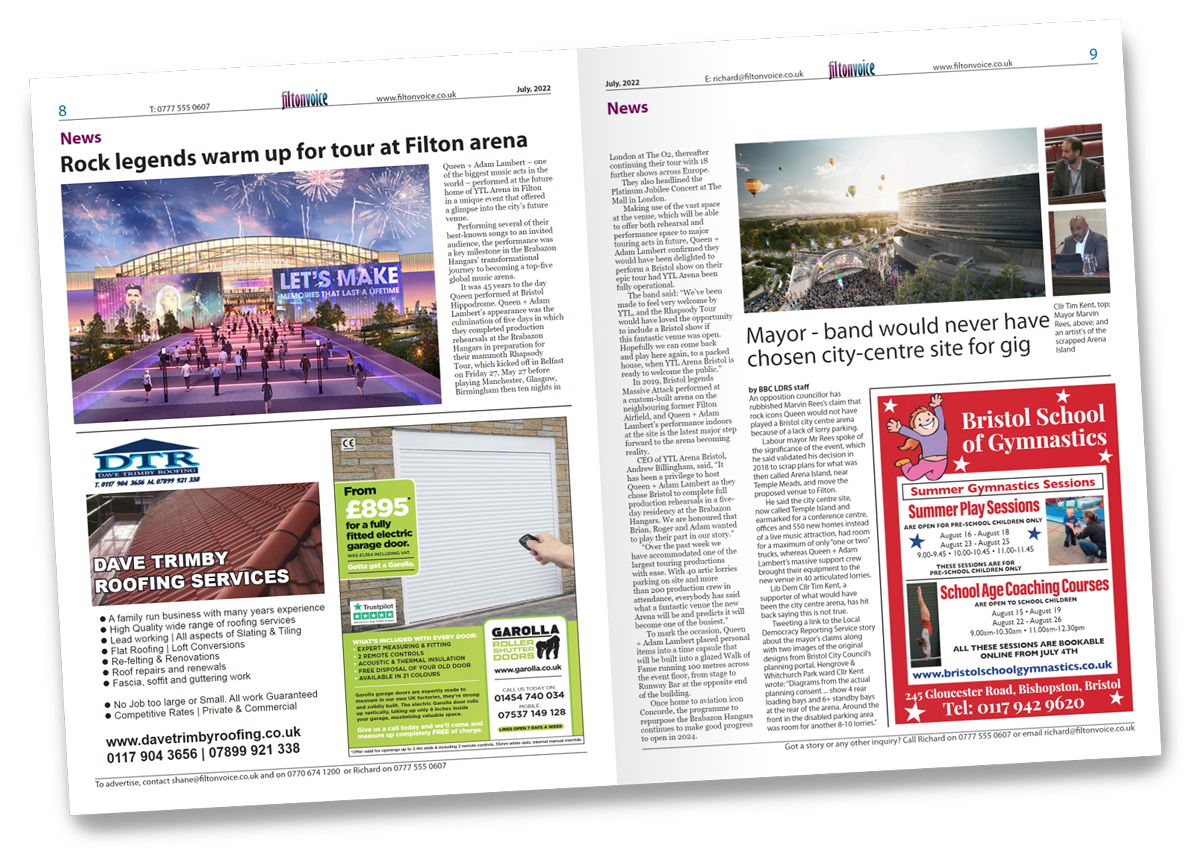CAMPAIGNERS from Accessible Wells have welcomed the start of works to make the pavement network more suitable for wheelchair and mobility scooter users at 18 locations across the city centre.
Theo van Hensbergen, who co-authored a critical report of the Wells pavement network in 2023 with his neighbours Brian Clarke and Bob Payne, said he was delighted Somerset Council has agreed to implement improvements such as drop kerbs.
“These improvements create significant benefits for wheelchair users in the city centre,” he said.
“They will soon be facing fewer current risks by having to join traffic and it will reduce the number of places where they have to make long detours to find a drop kerb facing their direction of travel.”
Bob Payne described the new drop kerb near Halfords as “a really good example of how a small adjustment can make a massive difference to the wheelchair travel network and shows that in Wells we really do care about meeting everyone’s needs”.
Dick Hodgson, who uses a powered wheelchair, said: “The improvements being made will considerably improve my ability to safely reach many key services, including the GP practices and post office. I want to record my sincere appreciation to the Somerset Council Highways directorate for their constructive engagement in commissioning these improvements.”
In early 2025 Accessible Wells signed a memorandum of understanding with Somerset Council and Wells City Council to work together to make Wells a safer and more welcoming place for people challenged by accessibility issues. This unique co-operation is gradually leading to a series of accessibility improvements.
Improvements already delivered include: removal of metal footpath barriers on the Charter Way estate; launch of an Accessible Wells website with valuable information for all; agreement by 15 businesses across the city to make their disabled toilets freely available to disabled people without obligation; delivery of an information booklet to 250 Wells businesses to help them understand how they can help meet accessibility needs; some businesses already introducing some simple adjustments such as a wheelchair-height doorbell or availability of a ramp
Further improvements currently being developed include: extending the 20mph zone outwards to reduce risk to schoolchildren and mobility aid users, for example along The Liberty, Cathedral Green, Silver Street and Tor Street; improving the distribution of disabled and loading bays to better reflect needs; reducing dog fouling, a very real health hazard for wheelchair users and blind people; creating wheelchair-accessible footpaths; restoring the audible signals at pedestrian traffic lights to help visually impaired people.
Anyone who wants to learn more about the work of the Accessible Wells campaign, or has suggestions to make, is invited to make contact via www.accessiblewells.org.uk


